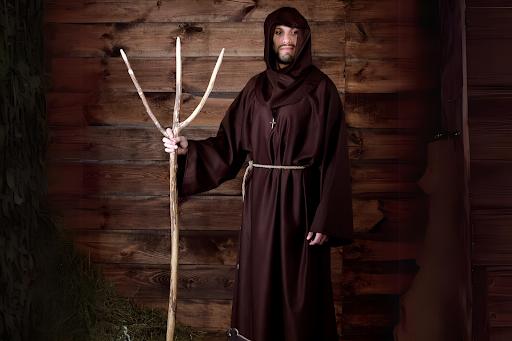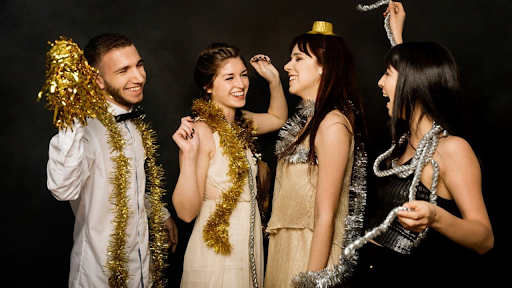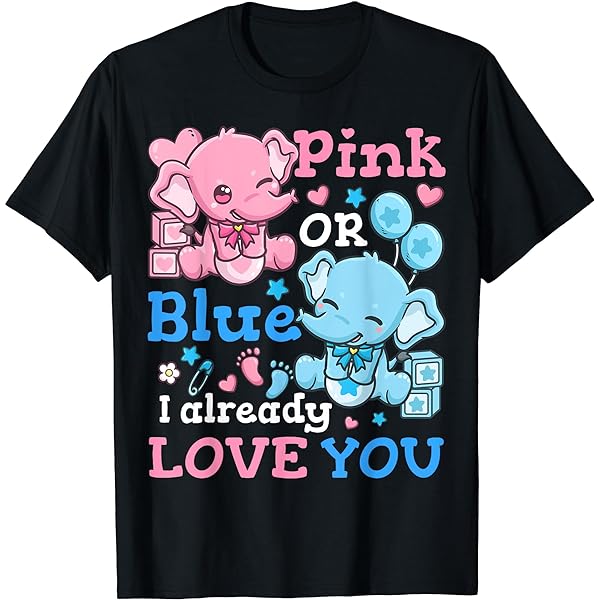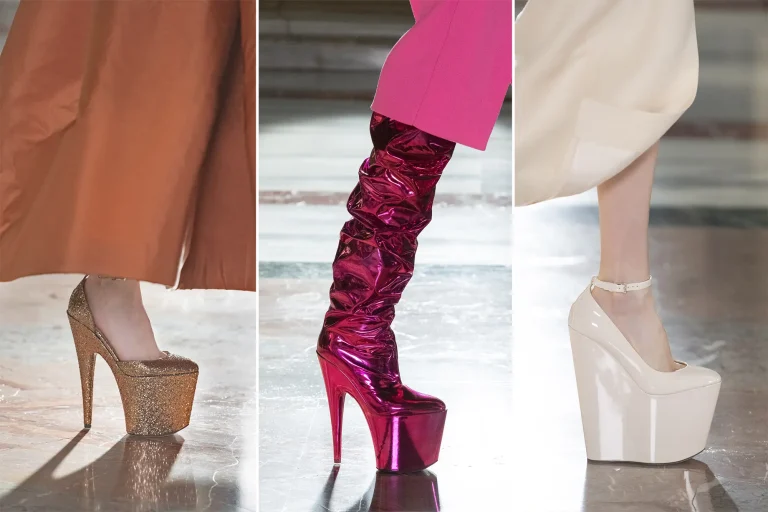Can Brown Monk Robes Be Considered Modern Clergy Clothes?
Monastic garments have a long history, rooted deeply in the spiritual and practical lives of religious communities. Among these garments, brown monk robes hold a distinctive place, often associated with simplicity, humility, and a return to basics. As the world evolves, so do the garments that represent religious vocations. This article explores whether brown monk robes can be considered modern clergy clothes, examining their historical context, symbolic significance, practical aspects, and place in contemporary religious settings.
1. Historical Context of Brown Monk Robes
Origins and Evolution
Brown monk robes have their origins in the early Christian monastic traditions, particularly among the Franciscan order founded by St. Francis of Assisi in the 13th century. St. Francis chose brown robes to reflect the values of poverty, humility, and closeness to nature, which were central to his teachings. The choice of brown, a color derived from undyed wool or other natural materials, was both a practical and symbolic one, emphasizing a life stripped of worldly excess.
Symbolism in Historical Context
The color brown has long been associated with the earth, simplicity, and humility. For the Franciscans, wearing brown robes was a visible expression of their vow of poverty and their commitment to living in solidarity with the poor and marginalized. The robes were simple and unadorned, reflecting a rejection of materialism and a focus on spiritual values.
2. Symbolic Significance of Brown Monk Robes
Humility and Poverty
Brown monk robes symbolize humility and poverty, central tenets of many monastic orders. By donning these robes, monks signal their renunciation of personal wealth and social status, embracing a life dedicated to spiritual pursuits and communal living. The simplicity of the robes serves as a constant reminder of their commitment to these values.
Connection to Nature
The natural color of brown also signifies a deep connection to the earth and creation. This connection is particularly relevant in today’s context, where there is a growing awareness of environmental stewardship and sustainability. Monks in brown robes exemplify a lifestyle that is in harmony with nature, which can resonate with modern concerns about ecological responsibility.
Spiritual Focus
Beyond their practical and symbolic aspects, brown monk robes also facilitate a spiritual focus. The robes are designed to be functional and comfortable, allowing monks to engage in daily activities without distraction. The uniformity and simplicity of the robes help cultivate an environment conducive to prayer, contemplation, and communal worship.
3. Practical Aspects of Brown Monk Robes
Durability and Comfort
Brown monk robes are typically made from durable, natural materials such as wool or cotton, which provide comfort and longevity. These materials are well-suited to the rigorous demands of monastic life, including manual labor, prayer, and communal activities. The robes are designed to be loose-fitting, allowing for freedom of movement and adaptability to various climates.
Versatility in Clergy Clothes
As clergy clothes, brown monk robes offer versatility. They can be worn in a variety of settings, from liturgical services to everyday tasks, making them practical for modern clergy who engage in diverse activities. The simplicity and functionality of the robes make them suitable for both formal and informal occasions, bridging the gap between tradition and contemporary needs.
4. Brown Monk Robes in Contemporary Religious Settings
Adoption by Modern Clergy
In recent years, there has been a resurgence of interest in traditional monastic garments, including brown monk robes, among modern clergy. This trend reflects a desire to reconnect with the roots of religious life and to embody the values of simplicity, humility, and ecological awareness in a contemporary context.
Ecumenical Appeal
Brown monk robes have also gained an ecumenical appeal, being adopted by clergy across different denominations and religious traditions. This broader acceptance highlights the universal values these robes represent, transcending specific religious boundaries and resonating with a wide audience.
Symbol of Continuity and Change
Wearing brown monk robes in modern times symbolizes both continuity and change. It signifies a connection to the rich heritage of monasticism while also embracing the evolving role of clergy in the contemporary world. This dual symbolism makes brown monk robes a powerful statement of faith and commitment.
5. Brown Monk Robes and Modern Clergy Clothes: A Comparative Analysis
Traditional vs. Modern Clergy Attire
To determine if brown monk robes can be considered modern clergy clothes, it is essential to compare them with other forms of contemporary clergy attire. Traditional clergy attire, such as cassocks, albs, and stoles, often features intricate designs, vibrant colors, and specific liturgical significance. In contrast, brown monk robes are simpler and more austere, focusing on the essence of monastic values.
Functional Adaptations
Modern clergy attire has evolved to meet the practical needs of today’s religious leaders. This includes incorporating elements like pockets, adjustable closures, and moisture-wicking fabrics. Brown monk robes can be adapted similarly, maintaining their traditional appearance while enhancing functionality for contemporary use.
Aesthetic and Symbolic Considerations
Aesthetically, brown monk robes offer a stark contrast to the more elaborate designs of modern clergy attire. However, their simplicity and natural tones can appeal to those who seek a more grounded and authentic expression of their faith. Symbolically, brown monk robes emphasize humility, poverty, and a connection to the earth, which can resonate deeply with modern clergy and congregants alike.
6. Practical Considerations for Wearing Brown Monk Robes Today
Climate and Environment
One practical consideration for modern clergy wearing brown monk robes is the climate and environment in which they serve. In warmer regions, lightweight fabrics such as linen can be used to make the robes more comfortable. In colder climates, wool or layered garments can provide the necessary warmth.
Cultural and Community Context
Another consideration is the cultural and community context. In some settings, traditional robes may be more accepted and understood, while in others, contemporary clergy attire might be preferred. Clergy members should consider the expectations and preferences of their communities when choosing their attire.
Personal Comfort and Preference
Ultimately, the choice to wear brown monk robes as modern clergy clothes should also reflect personal comfort and preference. Clergy members should feel at ease in their garments, as this will allow them to focus more fully on their spiritual and pastoral duties.
7. The Role of Brown Monk Robes in Clergy Identity
A Statement of Values
Wearing brown monk robes in a modern context can be a powerful statement of values. It signals a commitment to simplicity, humility, and environmental stewardship. This choice can inspire congregants and set a meaningful example of living out these values in daily life.
Fostering Community and Unity
Brown monk robes can also foster a sense of community and unity among clergy members. When worn collectively, these robes signify a shared commitment to the monastic ideals and create a visual representation of the clergy’s dedication to their faith and service.
Enhancing Spiritual Practice
For many clergy members, wearing traditional monastic garments like brown monk robes enhances their spiritual practice. The robes serve as a constant reminder of their vocation and the principles they strive to embody, helping to cultivate a deeper sense of purpose and devotion.
8. Brown Monk Robes in the Broader Context of Clergy Clothing
Historical Continuity
Incorporating brown monk robes into modern clergy clothes maintains a sense of historical continuity. It acknowledges the rich heritage of monasticism and the enduring relevance of its values. This continuity can be reassuring and grounding for both clergy members and their congregations.
Addressing Modern Challenges
In today’s fast-paced and consumer-driven world, the simplicity of brown monk robes offers a countercultural statement. By choosing these robes, clergy members can address modern challenges such as materialism, environmental degradation, and social inequality, embodying a lifestyle that promotes mindfulness, sustainability, and justice.
Balancing Tradition and Innovation
The integration of brown monk robes into modern clergy attire reflects a balance between tradition and innovation. It shows that it is possible to honor the past while adapting to the present, creating a harmonious blend of old and new that enriches the spiritual life of the clergy and their communities.
Conclusion
Brown monk robes have a timeless appeal that transcends their historical origins. As modern clergy clothes, they offer a unique blend of practicality, symbolism, and spiritual depth. By embracing these robes, clergy members can reconnect with the foundational values of simplicity, humility, and ecological awareness, while also addressing the contemporary needs of their ministries. Whether worn in traditional or modern settings, brown monk robes continue to inspire and guide those dedicated to a life of faith and service, making them a valuable and relevant choice for today’s clergy.
Stay in touch to get more updates & news on Stylecarter!






